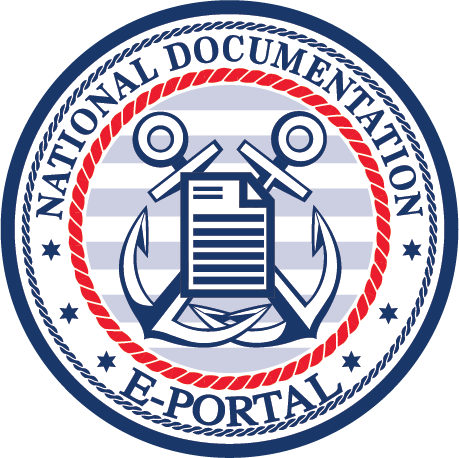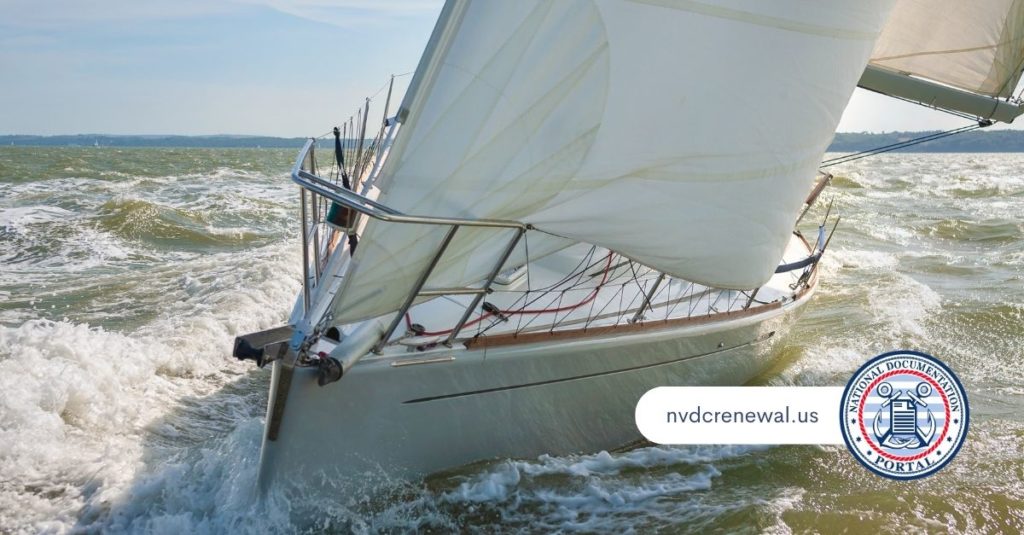Here at the National Documentation Portal, we’re always glad to answer questions about boats, boat documentation, that kind of thing. One of the most commonly asked questions we hear is: “What’s the difference between a boat and ship?” While the terms are often used interchangeably in casual conversation, there are specific distinctions between them—distinctions rooted in function, design, and maritime tradition.

So, What is the Difference Between a Boat and a Ship?
At its core, the difference often comes down to size and function. A ship is typically larger than a boat and is designed for deep-water navigation and transoceanic travel. Ships generally carry cargo, passengers, or perform specialized tasks such as military or research operations. Boats, on the other hand, are smaller and usually operate closer to shore. They’re more common in recreational or local commercial applications, such as fishing or ferrying.
Ships have complex systems, multiple decks, and require trained crews to operate. Boats are generally more limited in scale and usually need fewer crew members, even though they can be sophisticated. But these distinctions are not only modern—they go back centuries.
How History Has Shaped Our Understanding of the Terms
Historically, the use of “ship” dates back thousands of years to the earliest days of maritime navigation. The Greeks had triremes; the Romans had their cargo-bearing “oneraria.” Later, ships like the galleon and frigate were dominant on the high seas, essential for trade, exploration, and naval power. T
These were true ships—massive, multi-masted, and built for long-range travel. Meanwhile, people generally used smaller boats to transport goods and passengers between land and larger ships or along inland waterways.
One way to remember the difference that sailors have long passed down: a ship can carry a boat, but a boat cannot carry a ship. For example, ships carry lifeboats, which crews use only in emergencies or for shore landings.
In more modern times, even with advanced engines and metal hulls, these size and capability distinctions still apply. A U.S. Navy destroyer is a ship. A privately owned fishing trawler is a boat. A luxury yacht may blur the line, but even then, it usually doesn’t have the crew size or displacement to qualify as a ship in regulatory terms.
From Port to Stern: Understanding Maritime Orientation
Another question we’re often asked: “what’s port vs. stern?” Whether you’re on a boat or a ship, maritime language plays a big role in communication and navigation. Terms like “port,” “starboard,” “bow,” and “stern” help ensure that everyone on board is speaking the same language, no matter their location on the vessel.
“Port” refers to the left side of a vessel when facing the bow (front), while “starboard” refers to the right. “Stern” is the rear of the vessel, and “bow” is the front. These terms have deep roots in nautical history.
“Starboard” comes from the Old English word steorbord, which refers to the side of the vessel used for steering in the early days of sailing when rudders were on the right-hand side. As a result, vessels docked with their left side—later known as “port”—facing the harbor to make loading and unloading easier.
Standardizing these directional terms became critical as ships grew larger and more complex. Today, these same terms are still used whether you’re captaining a 15-foot skiff or a 700-foot cargo ship. At the National Documentation Portal, we work with both types of vessels—boats and ships alike—because both may require documentation with the USCG, depending on size and use.
The Roots of U.S. Vessel Documentation
Vessel documentation in the U.S. began in 1790, established by the First Congress to regulate commercial maritime activity. Lawmakers created ship registration to support a strong maritime economy and regulate vessels engaged in domestic and international commerce. This system tracked vessels, enforced tariffs and trade laws, and ensured a legal, traceable chain of vessel ownership.
Ship owners needed documentation to prove American origin and secure favorable trading rights and protections in foreign ports. Today, the reasons for documentation have evolved but still retain many of their original objectives. Documentation confirms ownership, enables Preferred Ship Mortgages, and permits legal operation in U.S. waters under a national endorsement.
Vessel documentation is overseen by the National Vessel Documentation Center (NVDC), a division of the USCG. The documentation is valid nationwide and supersedes state registration for eligible vessels. Our online portal simplifies access to secure, reliable documentation services for vessel owners across the United States.
More Than Just the Difference Between a Boat and Ship—We Provide Boat Documentation Solutions
The difference between a boat and ship is more than just academic—it reflects centuries of naval tradition, functional design, and practical maritime law. This difference helps vessel owners understand how they classify and operate their craft, and when they must document it.
Whether your vessel is a modest recreational boat or a commercially used ship, if it meets the size and eligibility requirements, it may need (or benefit from) USCG documentation. With our help at the National Documentation Portal, navigating that process becomes faster, easier, and more reliable than going through the standard channels alone.
We support vessel owners at every stage of documentation—because no matter the size of your vessel, you deserve efficient, professional, and accessible support for your documentation needs. To see how we can help, check out the rest of our site.

